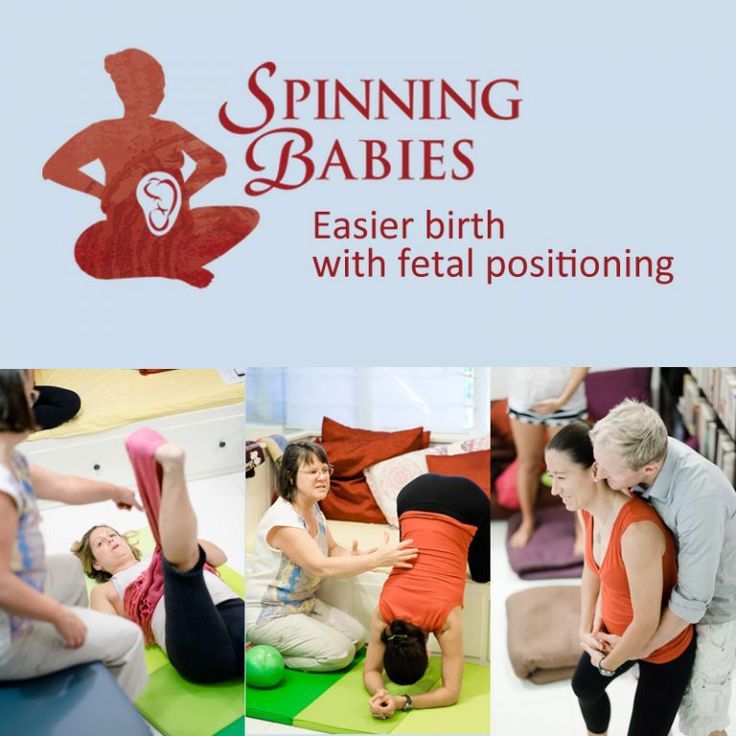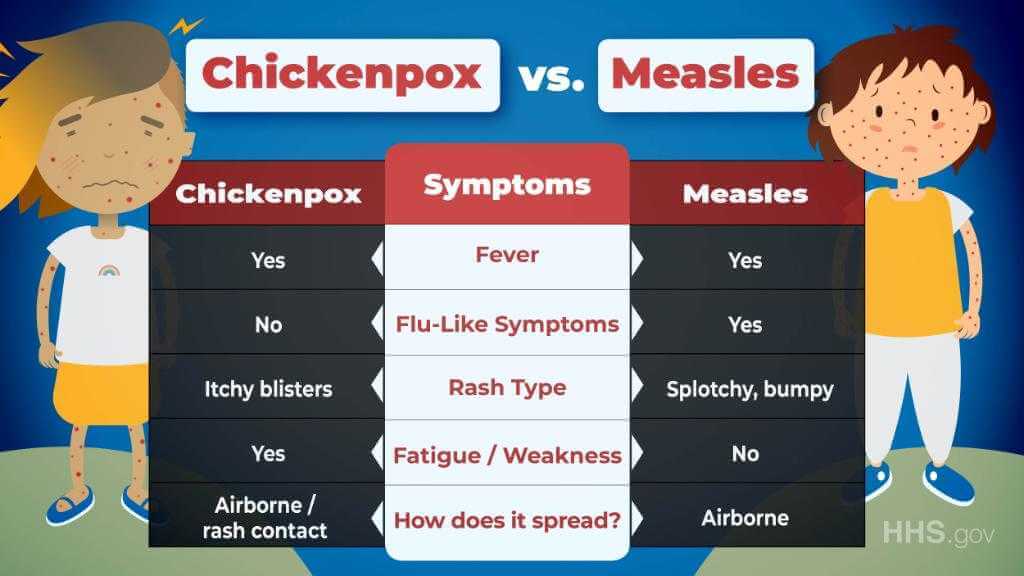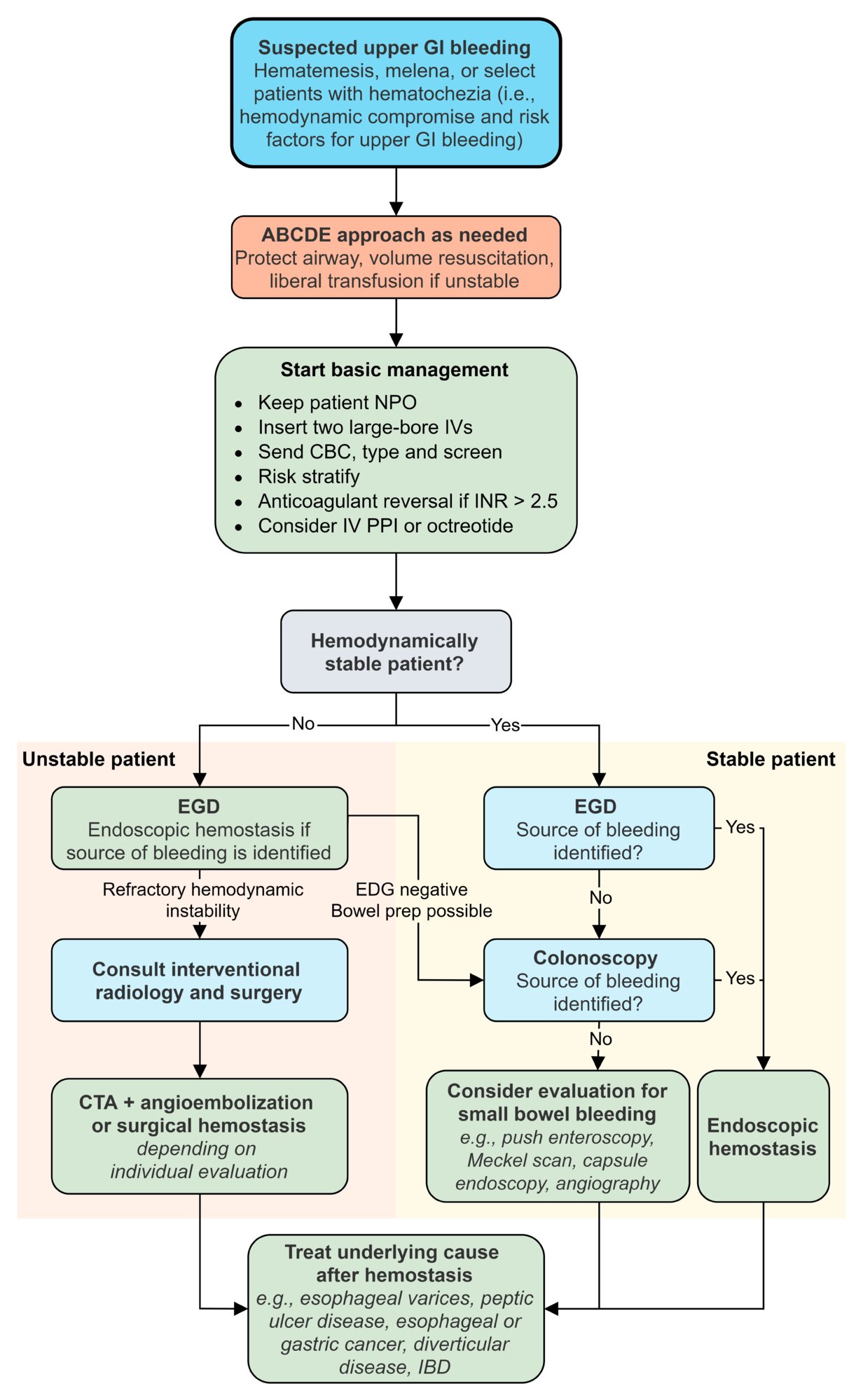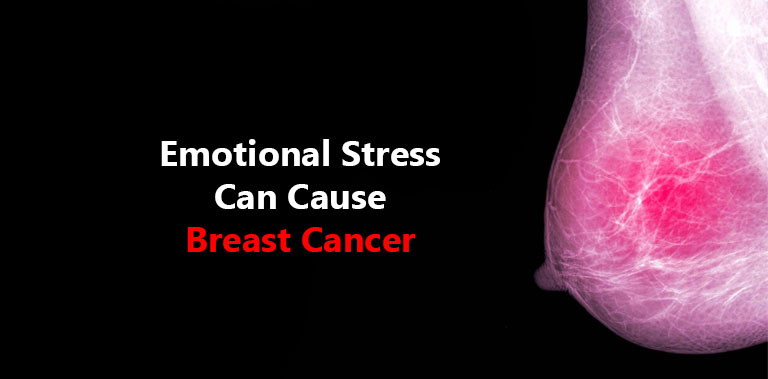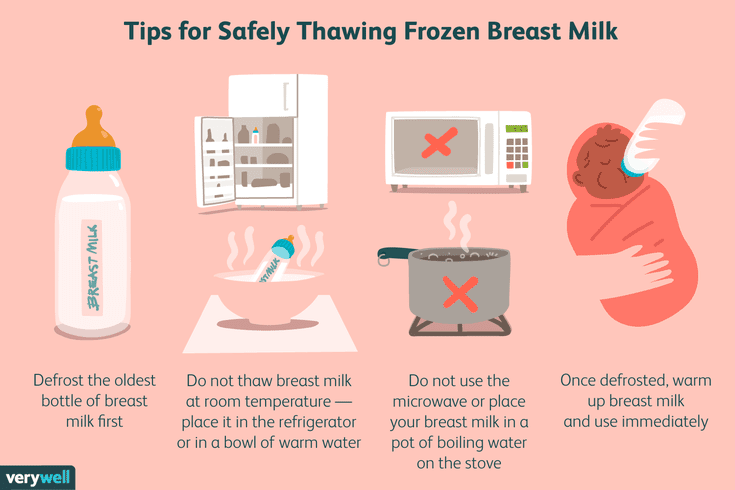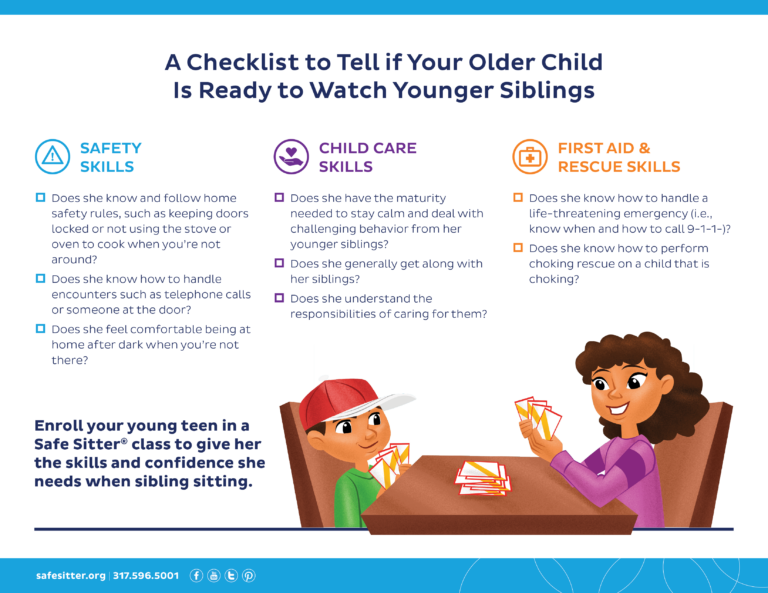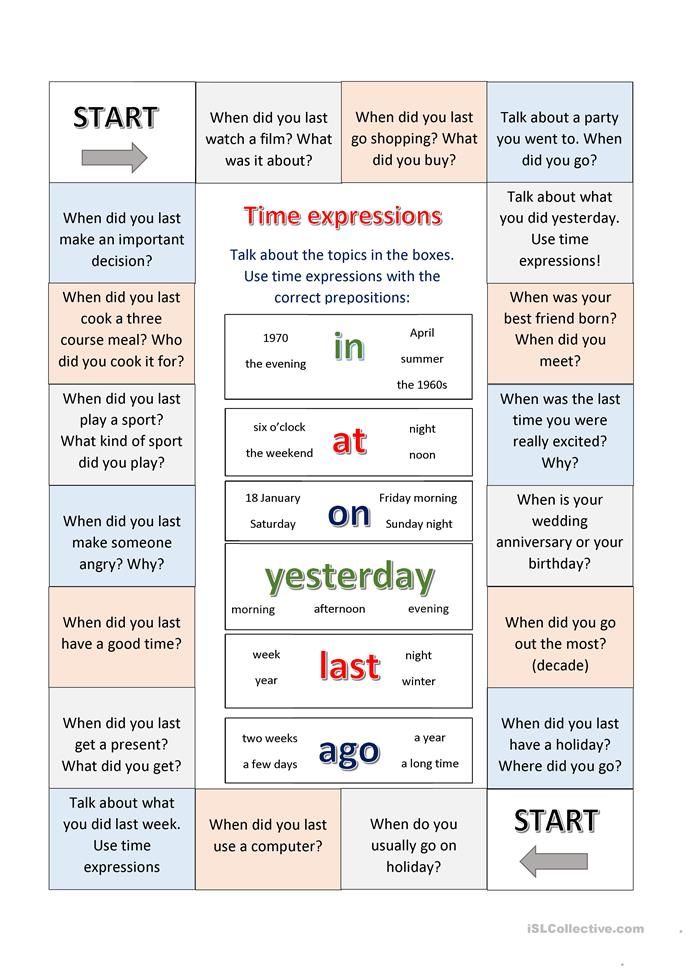When will the baby turn head down
When Does A Baby Turn Its Head Down?
Home » Pregnancy Concerns » When will my baby turn head down?
As you progress through pregnancy the baby’s position becomes a more important consideration. At about 30 weeks about 25% of babies are not in a “cephalic” (head down) position. It is normal for the baby to turn head down even by about 34 weeks. So don’t worry!
It is a concern if the baby is not head down at 36 weeks and beyond. This does not mean that spontaneous turning will not happen. Indeed occasionally a baby can turn even as late as the onset of labour.
Why are most babies head down?
A singleton baby’s position is related to the size of your baby and the size and shape of your uterus.
In early pregnancy, there is plenty of room for your baby in the uterus and so there is no reason why your baby should be head down. As the pregnancy becomes more advanced there is less room for your baby to move in your uterus and so your baby wants to adopt a more comfortable position. As the buttock area is greater, a more comfortable position is for the buttock area to be at the top (“fundus”) of the uterus and the head to be towards the pelvis.
If your uterus has been overstretched because of previous pregnancies, if you have excessive amniotic fluid (“liquor”) in your uterus or your baby is unusually small then your baby may be quite mobile in advanced pregnancy. We refer to this an “unstable lie”.
If you have an abnormality of the uterus such as a fibroid protruding into your uterine cavity or you have a uterine shape abnormality, or you have an unusual shape to your pelvis then your baby can be prevented for adopting a head down position. If you have twins often one is not head down and sometimes both.
What can be done about it?
There is no need for concern until more advanced pregnancy. The reasons need to be considered as to why your baby is not in a head down position. I will monitor you each visit with an ultrasound scan so we can monitor your baby’s position.
If your baby has been breech and turns to head down spontaneously, then this is a very encouraging sign. It usually then stays head down. If your baby remains breech toward the end of the pregnancy, then there is usually a good reason. A procedure (“external cephalic version“) to try to turn your baby around to head down can be done, but only after a careful ultrasound scan and giving you a medication to relax the uterus. External cephalic version will be done very carefully and with close monitoring on the labour ward/birth unit of your baby and you with the procedure. This is because studies have shown the external cephalic version procedure has risk to your baby’s wellbeing because it can cause an umbilical cord accident, placental separation and preterm labour. Also, it is generally considered that the babies who turn easily with external cephalic version procedures would have turned anyway and the so the procedure was not necessary.
If the lie is unstable and you go into labour or your waters go then you must attend the labour ward/birth unit immediately so your baby’s position and presentation can be checked and umbilical cord presentation/prolapse can be excluded.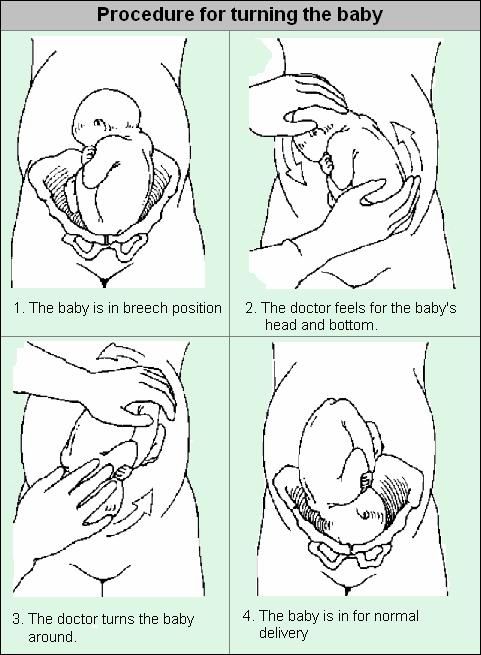 Sometimes with an unstable lie, a careful stabilising induction is a safer option than waiting for spontaneous labour onset.
Sometimes with an unstable lie, a careful stabilising induction is a safer option than waiting for spontaneous labour onset.
Also see my video titled ‘When will my baby turn head down?‘
- Monday all day 9.00am to 4.30pm
- Tuesday all day 9.00am to 4.30pm
- Wednesday all day 9.00am to 4.30pm
- Thursday morning 9.00am to 12.30pm
- Thursday alternate afternoons 2.00pm to 4.30pm
- Friday alternate mornings 9.00am to 1.00pm
- Friday afternoon 2.00pm to 4.30pm
- Saturday mornings 9.30am to 12.00 midday*
*Saturday morning appointments are not available for initial antenatal visit.
Symptoms of Baby Turning Head Down
Your baby kicks, squirms, and flips all day (and night!). But what exactly are they doing in there?
Well, toward the end of your pregnancy, your baby will likely get into a head-down position so that they can begin their descent into the birth canal. The exact timing of when your baby hits this position is individual.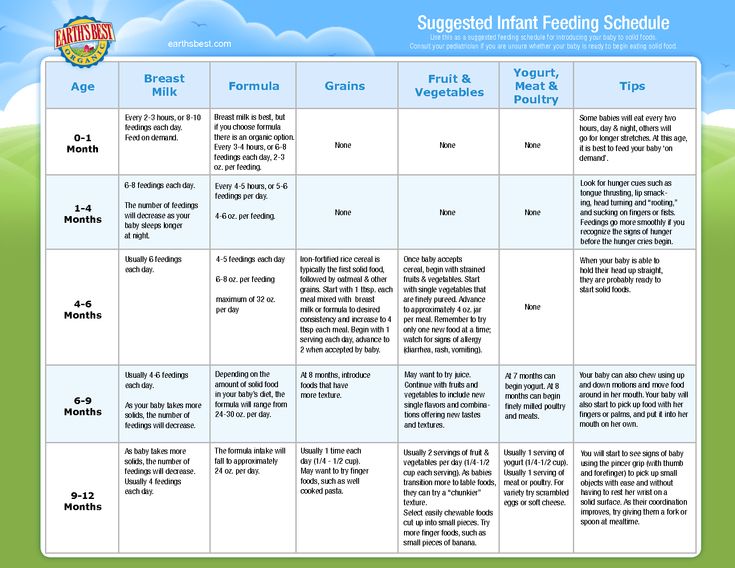 And some babies prefer other positions, like breech (head up) or transverse (side lying).
And some babies prefer other positions, like breech (head up) or transverse (side lying).
Regardless, some signs can serve as clues about how baby’s relaxing in there. Here’s more about when your baby will move head down, what the options are if they stay head up or in another position, and what to feel for when trying to determine your baby’s position at home.
Related: What Sleeping Position Will Help Turn My Breech Baby?
Most babies tend to shimmy their way into a cephalic (head-first) presentation before birth.
Fast fact
At 28 weeks, around 25 percent of babies are breech (head up), but this number jumps down to just 3 or 4 percent at term.
Your baby may move all over the place in the first and second trimesters. Their position may change wildly early on in the third trimester as well.
However, if you’re between 32 and 36 weeks, you may notice your baby staying put in a head-down position. Your uterus grows to accommodate their size — but there’s only so much room.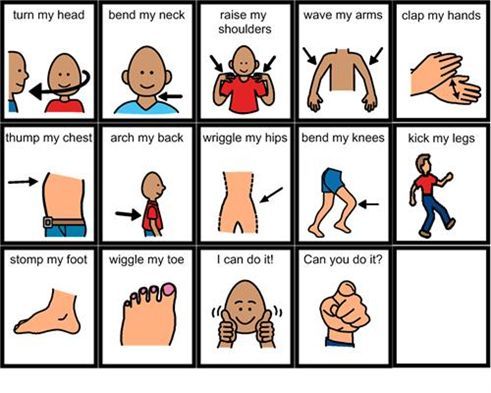 As time passes, your baby gets bigger and starts to run out of space to move into different positions.
As time passes, your baby gets bigger and starts to run out of space to move into different positions.
Related: The Third Trimester of Pregnancy: Concerns and Tips
Being head down is just half of the equation when it comes to birth. There’s also the matter of which way your baby is facing.
Why does this make a difference? It comes down to geometry. Your baby’s head must fit through the pelvis on its way into the vaginal canal for delivery. Some positions make this journey easier than others, especially considering how different parts of your baby’s skull are wider and narrower than others.
- Occiput anterior: This position is the most common. It means that your baby is head down with their back against your stomach and their chin tucked into their chest.
- Occiput posterior: This position means that your baby is head down but facing the opposite direction. In this position, your baby’s back is at your back.
Anterior is the ideal position for an uncomplicated vaginal delivery. When your baby’s chin is tucked, it helps the narrowest part of their head go through the birth canal. Posterior presentation can mean a longer or potentially more difficult delivery, sometimes requiring a vacuum, forceps, or cesarean section.
When your baby’s chin is tucked, it helps the narrowest part of their head go through the birth canal. Posterior presentation can mean a longer or potentially more difficult delivery, sometimes requiring a vacuum, forceps, or cesarean section.
If your baby is posterior even in early labor, they may still turn throughout the process as contractions move them around in the womb. Some babies completely spin to an anterior position during labor while others are born posterior.
Related: What Your Baby’s Position in the Womb Means
You may not experience any signs that your baby has flipped into a head-down position. There’s really no easy way to tell just by looking at your bump. You need to get in there and feel around. But how?
Fortunately, your doctor or midwife is trained to feel for your baby’s position using what are called Leopold’s maneuvers.
With this technique, your provider will feel for what part of your baby is presenting in the pelvis, then for your baby’s back, and then for what part of your baby is in your fundus (up high, near your rib cage).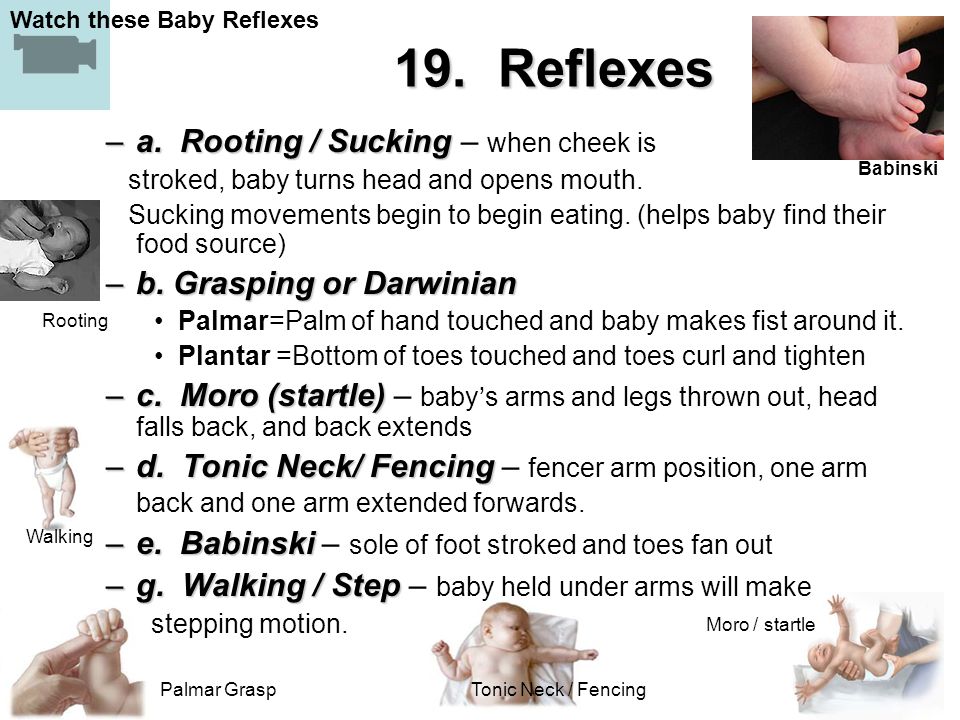 They’ll also feel around for your baby’s cephalic prominence, which simply means which way your baby is facing.
They’ll also feel around for your baby’s cephalic prominence, which simply means which way your baby is facing.
With a head-down presentation:
- baby’s head would be in your pelvis
- baby’s back position would depend on whether baby is anterior/posterior, but generally baby will have either their back to your belly (anterior) or your back (posterior)
- baby’s bottom/legs would be in your fundus
All these findings can also be confirmed via ultrasound to give you the clearest picture.
But how can you figure out your baby’s position at home? Pay close attention to the shapes in your belly, as well as the different movements you feel.
Your baby may be head down if you can:
- feel their head low down in your belly
- feel their bottom or legs above your belly button
- feel larger movements — bottom or legs — higher up toward your rib cage
- feel smaller movements — hands or elbows — low down in your pelvis
- feel hiccups on the lower part of your belly, meaning that their chest is likely lower than their legs
- hear their heartbeat (using an at-home doppler or fetoscope) on the lower part of your belly, meaning that their chest is likely lower than their legs
Belly mapping
It can be difficult to read the different lumps and bumps you feel on your stomach. With practice, you may start to understand what you’re feeling. You might even try belly mapping — a process to estimate baby’s position. It was created by Gaily Tully, certified professional midwife and author of SpinningBabies.com.
With practice, you may start to understand what you’re feeling. You might even try belly mapping — a process to estimate baby’s position. It was created by Gaily Tully, certified professional midwife and author of SpinningBabies.com.
To use this technique, wait until you are at least 30 weeks pregnant. You may even want to try belly mapping following a prenatal appointment so your doctor can give you some guidance on baby’s position.
Lie down in bed or on the couch. Using a washable marker or finger paint, gently mark where you feel your baby’s head (it feels like a small bowling ball). The arms and hands are likely near the head, and their tiny movements give them away.
Then feel for the back, butt, and legs, as well as larger movements. You may find it helpful to use a baby doll to play with different possible positions. You can then lightly draw or paint your baby on your stomach to help you visualize how they’re lying.
Related: Can You Give Birth with Baby in the Vertex Position?
If you’re in late pregnancy and have concerns about your baby’s positioning, ask your doctor about it at your next prenatal appointment.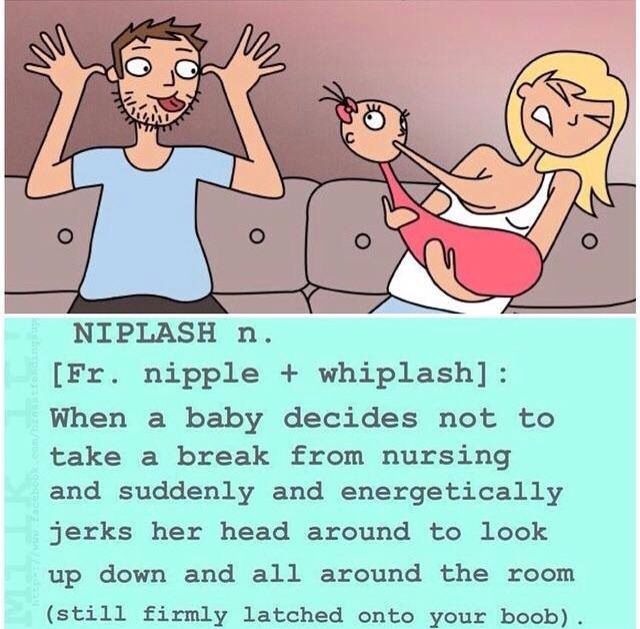 Chances are that your healthcare provider is making a note of your baby’s position as well.
Chances are that your healthcare provider is making a note of your baby’s position as well.
If your baby is breech or in some other position besides head down, there are several options for delivery. Factors at play here include:
- whether your baby stays in a certain position as you reach term
- any other pregnancy complications you might have
- when you end up going into labor naturally
Wait-and-see approach
Again, your baby’s position isn’t usually a big concern until you reach between 32 and 36 weeks in your pregnancy. Before that point, the fluid in the uterus gives your baby plenty of space to move around. As you get closer to delivery and your baby hasn’t settled head down, they start to run out of room to make the switch.
Your doctor can monitor your baby’s position at your prenatal appointments by feeling your belly for where their head, back, and buttocks are. To confirm, you may also have an ultrasound or pelvic exam.
External cephalic version (ECV)
External cephalic version (ECV) is a procedure during which your doctor tries to move your baby into a head-down position to increase the chance you’ll have a vaginal birth.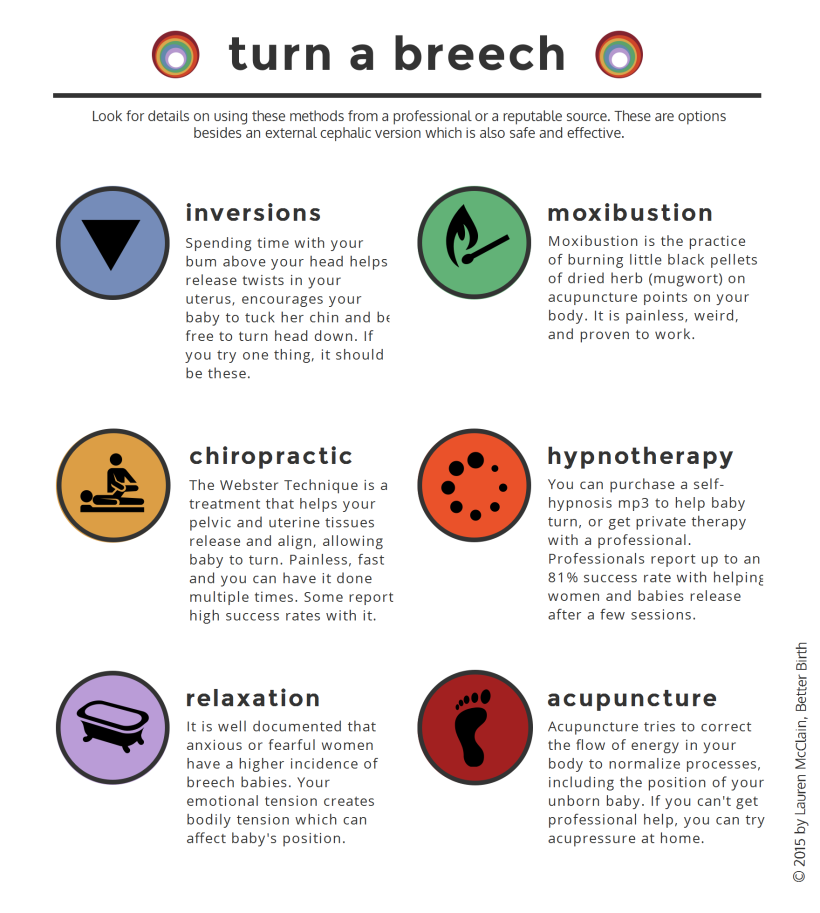 This is done in a setting in which baby can be monitored and you can have an emergency cesarean section (C-section) if needed.
This is done in a setting in which baby can be monitored and you can have an emergency cesarean section (C-section) if needed.
Your provider uses their hands to manually turn the baby head down. If you’ve reached 36 weeks and your baby still isn’t head down, your doctor may suggest an ECV.
The success rate of this procedure is around 58 percent. While that’s not a super impressive statistic, ECV may be worth a try if delivering vaginally is important to you.
It’s also worth noting that some babies that are flipped return to a breech position. You can have a repeat ECV, but space runs out the closer you get to birth, so it may be more difficult the second time.
Cesarean delivery (C-section)
A C-section is another option for delivering babies who aren’t head down. It involves major surgery that you may schedule ahead of time (if you know your baby isn’t head down) or that can be performed in the event you go into labor naturally.
Around 85 percent of breech babies are born via C-section. While this surgery is routine, it involves some risks, including:
While this surgery is routine, it involves some risks, including:
- infection
- postpartum hemorrhage
- blood clots
- issues with future pregnancies, like a risk of placenta previa or uterine rupture
Vaginal birth
The American College of Obstetricians and Gynecologists explains that some women may be candidates for a vaginal birth even if their babies are breech. This possibility is determined on a case-by-case basis and involves a review of your medical history and weighing the benefits of vaginal delivery versus the risks of C-section.
If you choose to go this route, you’ll need to follow any specific guidelines set up by your hospital or birth center.
Related: Midwives Are Growing in Popularity: Here’s What You Need to Know
Your baby moves a lot throughout your pregnancy. As you get closer to your due date, they’ll likely settle into a head-down position as they get ready for birth.
If you have concerns about your baby’s position, don’t hesitate to bring them up at your next prenatal appointment.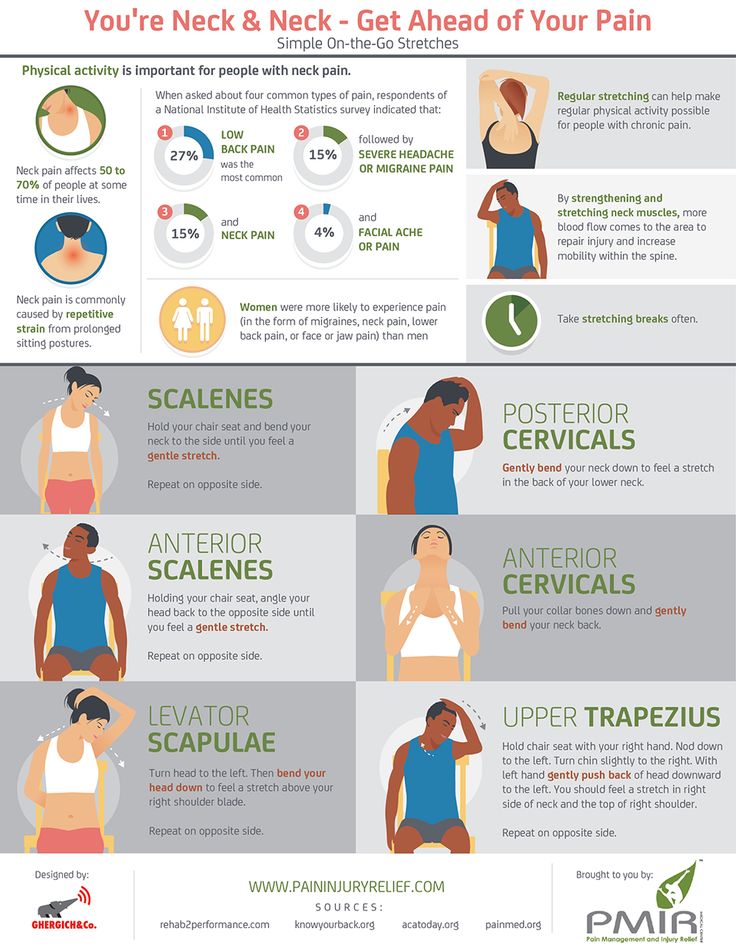 Your healthcare provider is also keeping tabs on whether baby is head down and can help guide you with options for repositioning or an alternate birth plan, if necessary. You’ve got this, mama!
Your healthcare provider is also keeping tabs on whether baby is head down and can help guide you with options for repositioning or an alternate birth plan, if necessary. You’ve got this, mama!
Fears of future parents
Responsibility for a new life can be a burden, because the birth of a child is always something new, unknown and therefore causes complex emotions. You may feel a sense of loss of freedom or a strong desire to return to the old carefree life. To get rid of negative emotions, it is worth considering them more carefully.
How will we manage?
The argument that hundreds of thousands of parents around the world have done just fine in a similar situation doesn't always work. Therefore, it makes sense to analyze our fears in order to understand what we are really afraid of. Maybe we are afraid that we will not be like those parents who are shown on TV or written about in magazines? Or simply that we can't combine childcare with a professional career? Do not ignore even the slightest doubts, because when they grow, they can destroy your joy in having a child. nine0003
nine0003
Remember! It is best to address your problems before the baby is born. Maybe you should discuss hiring an au pair or a babysitter now, or talk to your partner about a parenting model that works for both of you? By talking to my husband, I was able to get rid of many unnecessary fears.
Will my life change forever?
According to psychologists, the fear of change experienced during pregnancy is absolutely natural. But before you panic, remember that life is about constant change. And this is very good, otherwise you would always stand in one place! Therefore, even if you understand that having a baby will turn your whole life upside down, focus on the benefits of the new situation. nine0003
Remember! The birth of a child is one of the most important events in your life. The arrival of a child often gives life a whole new meaning. But it's also important that new parents have other things to do, whether professional or personal. Only in this case they will retain their self-esteem and a sense of fullness of life. You can combine all this with caring for a child. And although it is difficult in the beginning, trust me, it is possible.
You can combine all this with caring for a child. And although it is difficult in the beginning, trust me, it is possible.
Will I be able to connect with my child? nine0005
The fear that you will not be able to love your baby often prevents you from enjoying the expectation of his birth. For this reason, it is worth addressing this issue before your baby is born. The common belief that love is born the moment you see your baby (or even before) often makes men and women feel guilty: “I am a bad mother or I am a bad father because I do not experience any delight associated with my child ". However, according to psychologists, parental love can develop slowly, even within a few months from the birth of a child. nine0003
Remember! Physical contact is essential to developing a bond between you and your baby. Even during pregnancy, both of you can visualize your baby, talk to him, stroke his belly and immediately after birth try to spend as much time as possible with him: hold, carry or squeeze in your arms.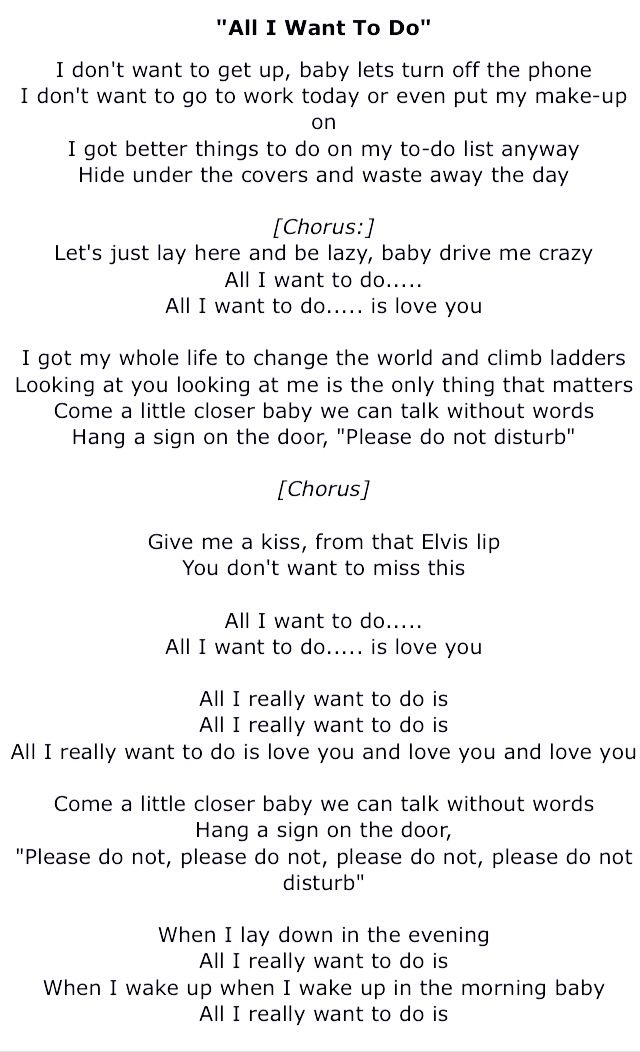
Will we be like our parents?
Pregnancy and childbirth can aggravate relationships with our parents. Often we are afraid that we will make the same mistakes, or that we will not be able to avoid their fate. Fortunately, nine months of pregnancy is long enough to exorcise the demons of your past. To achieve this goal, even before the birth of a child, it is worth thinking about the model of raising a child and about the changes that you will have to face after the birth of a child. Then you will develop a much earlier sense of confidence in your actions, which is so often lacking in new parents, and the opinions of critics will not be able to shake this feeling. After all, even the most benevolent grandmothers sometimes have a different opinion from yours regarding education. Parents raise a child, not grandparents, although their advice and help in some cases is priceless. nine0003
Remember! Ideal parents do not exist, just as ideal children do not exist. It is very important to realize this fact now before the birth of the child. Perhaps because of this, you will not only be more confident in yourself as a parent, but also be a more understanding daughter or son.
Perhaps because of this, you will not only be more confident in yourself as a parent, but also be a more understanding daughter or son.
Creating a safe environment for raising a child
- Home /
- Safety /
- Prevention of crimes against children / nine0031 Creating a safe environment for raising a child
1. Creating a safe environment for raising children at home and outside the family environment.
One of the foundations of child safety - is our parental foresight. Its main law is: "Foresee, if possible avoid, if necessary, - act."
Try to look at your house not with the eyes of a wise adult, but with the eyes of a nimble active toddler. He wants to touch everything and stick his curious nose everywhere. It is important to put yourself in the place of the child as often as possible. Only in this way can danger be foreseen. nine0043 If there are no structures in the house that can easily collapse, then the baby will never turn anything over.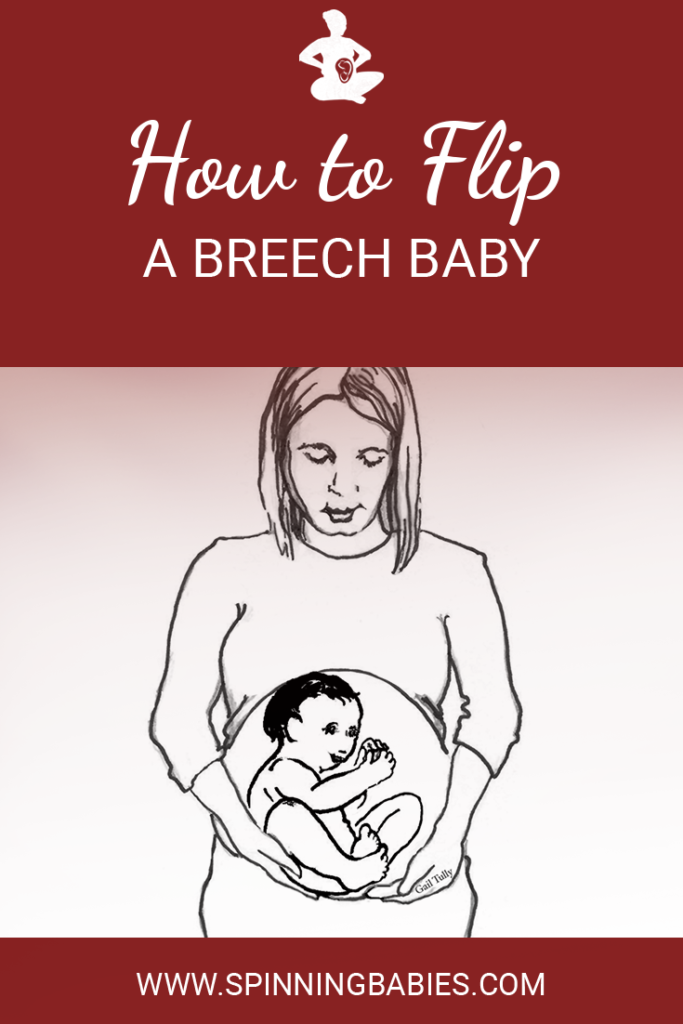 If you are used to always removing cords hanging down from household appliances, then an iron or electric kettle on the kitchen table will never fall on your baby’s head. If all the drawers of your furniture have special latches, then the child will never pull out the whole drawer and drop all its contents on himself. If you have a non-slip mat in your bathroom and you never leave your child unattended there, then you have reduced the possibility of injury in this room to a minimum. For security purposes, use only locks on bathroom and toilet doors that can be easily opened from the outside. And no hooks, and latches that a child can close by accident or on purpose, out of prank. Once upon a time, this is exactly what one naughty four-year-old kid did, closing himself from his grandmother on the balcony. She had to break the glass to open the hook. But none of this would have happened if there hadn't been this very hook on the balcony door. Until the child learns to carefully open and close the doors, it is better to put on them special latches that are fixed above the doors and prevent them from slamming shut.
If you are used to always removing cords hanging down from household appliances, then an iron or electric kettle on the kitchen table will never fall on your baby’s head. If all the drawers of your furniture have special latches, then the child will never pull out the whole drawer and drop all its contents on himself. If you have a non-slip mat in your bathroom and you never leave your child unattended there, then you have reduced the possibility of injury in this room to a minimum. For security purposes, use only locks on bathroom and toilet doors that can be easily opened from the outside. And no hooks, and latches that a child can close by accident or on purpose, out of prank. Once upon a time, this is exactly what one naughty four-year-old kid did, closing himself from his grandmother on the balcony. She had to break the glass to open the hook. But none of this would have happened if there hadn't been this very hook on the balcony door. Until the child learns to carefully open and close the doors, it is better to put on them special latches that are fixed above the doors and prevent them from slamming shut.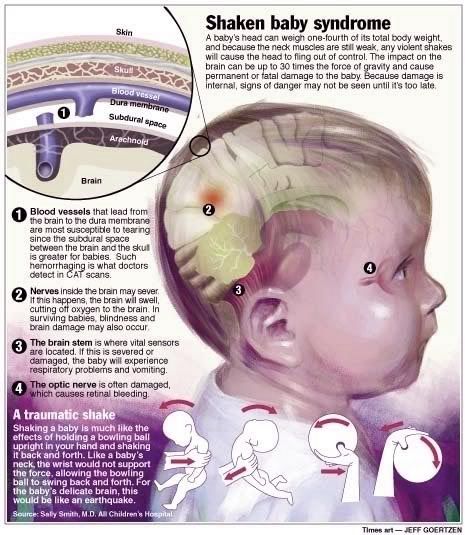 nine0043 You can not discount electricity.
nine0043 You can not discount electricity.
Be sure to tell your child the purpose and arrangement of sockets. Better yet, let dad sort out the outlet with the baby. Once seeing her device, the child most likely will not want to disassemble it on their own. Explain and constantly remind you of the dangers of plugging objects, especially metal ones, into a socket. Almost all children of all ages suffer from this disease. In a house where there are kids, it is worth using special plugs, but it is better to teach the grown-up little ones the rules for using electrical appliances. This is much more effective than banning and shouting. Explain to your child how to properly plug and unplug electrical appliances, paying attention to the fact that you should not touch the metal contacts with your hands. And especially do not do this with wet hands. nine0043 Suitable fairy tales will also come to the rescue. So, the children's writer and poet A. Usachev in the book "Smart Dog Sonya" has an instructive, but not terrible story about Sonya's experiments with electricity: "I took the dog Sonya and put her tail into the outlet. And then someone would grab it with their teeth !.." Read this tale together with the baby, let the baby draw the appropriate conclusions for himself.
And then someone would grab it with their teeth !.." Read this tale together with the baby, let the baby draw the appropriate conclusions for himself.
We have all heard it many times and know the rule very well: medicines, detergents, household chemicals and other toxic substances must be stored in lockable drawers or cupboards and out of the reach of a child. We know, but do we do it? nine0041 Statistics are ruthless. It is poisoning with household chemicals that ranks first among all the accidents that occur with children. And, as a rule, this happens because of our negligence. Most often, children try the contents of the bottles by mistake, confusing them with familiar food products (juice, honey, jam) or being seduced by the beautiful color and pleasant smell. This happens especially often if parents store household chemicals in food containers. For example, in plastic bottles for drinks. nine0043 But just locking jars and vials is not enough. We will not be able to protect the baby from the outside world indefinitely. So, as in all other cases, children's interest must be foreseen and prevented. Show the child the household chemicals in the house and explain their purpose. Pay attention to the baby that many products are so poisonous that it is better to work with them with gloves. Moreover, they can cause harm, even just hitting the skin. The child must be absolutely clear that none of these products can be drunk or eaten, even if they smell "edible". Remind about this more often and be sure to talk about the possible consequences of such "tastings". And the most dangerous substances - household poisons and fertilizers - should be categorically inaccessible to children. nine0043 The same applies to drugs. There are enough problems with them too. Any child has used them at least once in his life, and is often sure that medicines are a necessary and useful thing. You should not dissuade him from this, but explain that only a doctor or, sometimes, a mother can prescribe medications.
So, as in all other cases, children's interest must be foreseen and prevented. Show the child the household chemicals in the house and explain their purpose. Pay attention to the baby that many products are so poisonous that it is better to work with them with gloves. Moreover, they can cause harm, even just hitting the skin. The child must be absolutely clear that none of these products can be drunk or eaten, even if they smell "edible". Remind about this more often and be sure to talk about the possible consequences of such "tastings". And the most dangerous substances - household poisons and fertilizers - should be categorically inaccessible to children. nine0043 The same applies to drugs. There are enough problems with them too. Any child has used them at least once in his life, and is often sure that medicines are a necessary and useful thing. You should not dissuade him from this, but explain that only a doctor or, sometimes, a mother can prescribe medications. Each medicine helps with a certain disease, and in other cases it can be dangerous. Tablets and syrups (even "harmless" vitamins) are not sweets or jam, and you can't eat them as much as you want. Only in a certain dose does a medicine cure; in other doses it can become a poison. Never trust even a very conscious child to take the necessary medicines himself, he must always do this under your control. nine0043 Never leave medicines within the reach of a child. Even a bottle of vasoconstrictor drops, harmless in our opinion, with which we drip our nose with a cold, can be deadly for a baby if he drinks it ...
Each medicine helps with a certain disease, and in other cases it can be dangerous. Tablets and syrups (even "harmless" vitamins) are not sweets or jam, and you can't eat them as much as you want. Only in a certain dose does a medicine cure; in other doses it can become a poison. Never trust even a very conscious child to take the necessary medicines himself, he must always do this under your control. nine0043 Never leave medicines within the reach of a child. Even a bottle of vasoconstrictor drops, harmless in our opinion, with which we drip our nose with a cold, can be deadly for a baby if he drinks it ...
Next danger - windows, balconies and other heights. Its relevance is inversely proportional to the age of the child: the child grows up - the risk decreases. But up to a certain limit. To ensure the safety of the crumbs, it is enough to put special limiters on windows and doors, open only the windows for ventilation and not leave the baby unattended on the balcony.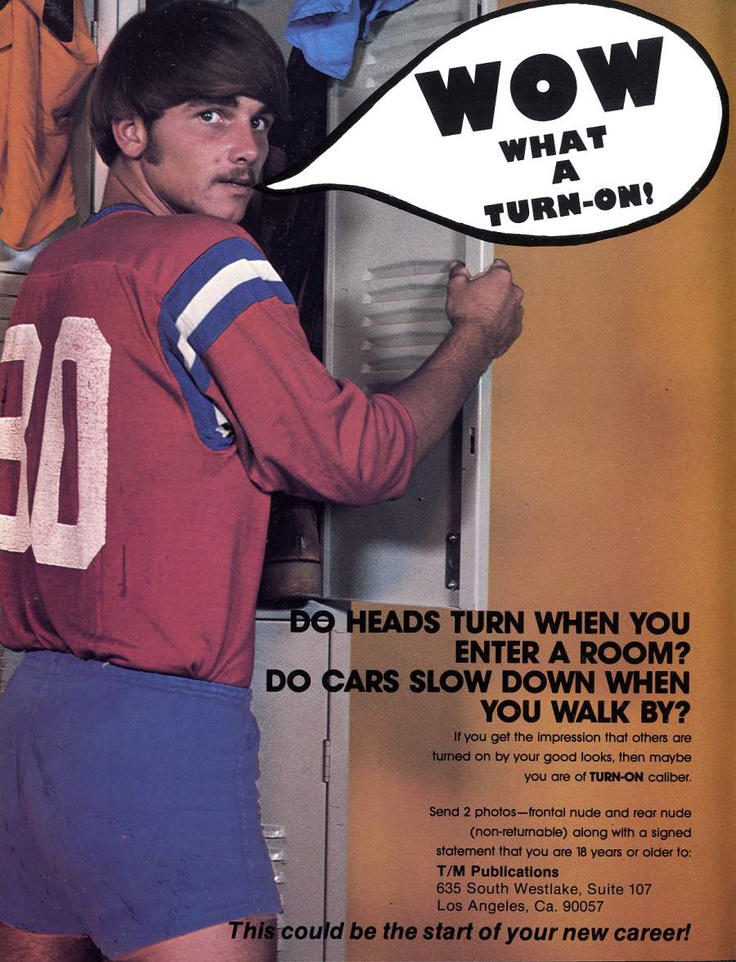 The older child already knows that height is dangerous, but at the same time, it can attract him like a magnet. There is a certain category of children who are afraid of heights, but there are others whose self-preservation instinct seems to be dulled, and they are capable of some rash acts. And again a case from life with a happy ending. One girl told how at the age of six she wanted to sit on the balcony railing with her legs hanging down. And she almost did it on her balcony, on... the ninth floor. She held up a stool and started swinging her leg over the railing, but luckily she dropped her slippers. Fearing that her mother would scold her (and at that time her mother was sleeping after the night shift), the girl ran downstairs for a slipper and no longer dared to repeat the conceived feat. Perhaps it was the flight of the shoes that had a sobering effect on her. And didn't she know that height is dangerous? Know something knows, but did you understand? Surely, many of you have some similar childhood memories and feelings.
The older child already knows that height is dangerous, but at the same time, it can attract him like a magnet. There is a certain category of children who are afraid of heights, but there are others whose self-preservation instinct seems to be dulled, and they are capable of some rash acts. And again a case from life with a happy ending. One girl told how at the age of six she wanted to sit on the balcony railing with her legs hanging down. And she almost did it on her balcony, on... the ninth floor. She held up a stool and started swinging her leg over the railing, but luckily she dropped her slippers. Fearing that her mother would scold her (and at that time her mother was sleeping after the night shift), the girl ran downstairs for a slipper and no longer dared to repeat the conceived feat. Perhaps it was the flight of the shoes that had a sobering effect on her. And didn't she know that height is dangerous? Know something knows, but did you understand? Surely, many of you have some similar childhood memories and feelings. It would be nice not to forget about them. Then it will be much easier for you to understand the actions and psychology of your baby and prevent a possible tragedy. nine0043 It should be an absolute taboo for a child to look out of a window or balcony, to put a chair or other device under his feet. If he gapes, he can stick out too much. And only confidential, regular conversations will help to convey to the consciousness of the little "pilot" all the possible consequences of dangerous games with altitude. For especially fearless and obstinate children, you can conduct "shock" therapy, showing how a paper or plastic bag filled with water flies out of the window and breaks when it hits the ground. This kind of intimidation is an extreme measure, but in some cases it brings tangible benefits. nine0043 The kitchen is not in vain considered the most dangerous area in the entire apartment. But trouble will not happen if mom clearly follows simple rules. Teach yourself to always turn pots and pans with their handles towards the center of the stove, and explain to your baby as early as possible that the stove can be very hot.
It would be nice not to forget about them. Then it will be much easier for you to understand the actions and psychology of your baby and prevent a possible tragedy. nine0043 It should be an absolute taboo for a child to look out of a window or balcony, to put a chair or other device under his feet. If he gapes, he can stick out too much. And only confidential, regular conversations will help to convey to the consciousness of the little "pilot" all the possible consequences of dangerous games with altitude. For especially fearless and obstinate children, you can conduct "shock" therapy, showing how a paper or plastic bag filled with water flies out of the window and breaks when it hits the ground. This kind of intimidation is an extreme measure, but in some cases it brings tangible benefits. nine0043 The kitchen is not in vain considered the most dangerous area in the entire apartment. But trouble will not happen if mom clearly follows simple rules. Teach yourself to always turn pots and pans with their handles towards the center of the stove, and explain to your baby as early as possible that the stove can be very hot.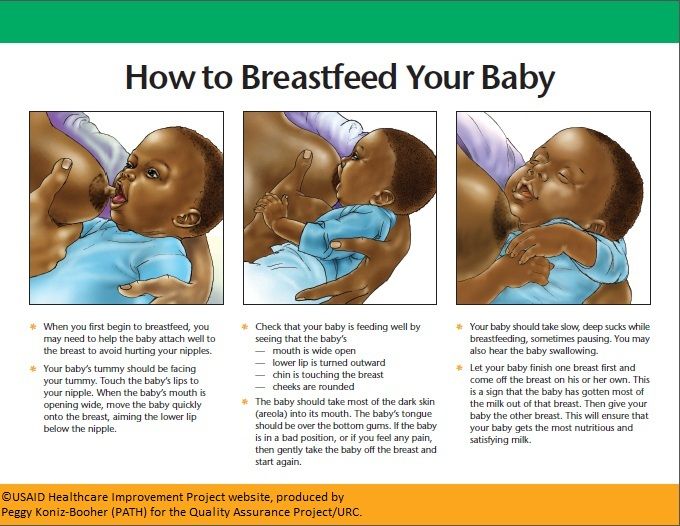 Let the child see for himself by lightly touching the heating oven with his hand. He will not have time to burn himself, but he will feel the temperature. Any outdoor games in the kitchen should be an absolute taboo for the baby. Follow this law strictly. nine0043 Another kitchen hazard is knives and other cutting and stabbing objects. It is useful to know about one interesting childhood feature. Preschoolers perceive all words with the particle "not" a little differently than adults. Any prohibitions often cause them a subconscious desire to do the opposite. Therefore, it's better not to overuse phrases like "Don't do it! Don't touch it! Don't take it! Don't mess around!" Instead of forbidding, it is better to teach how to use dangerous objects correctly and carefully. The phrase "never touch a knife" would be better replaced by this: "The knife must be handled very carefully. It is sharp and you can cut yourself. It will hurt." It happens that we ourselves, while cooking, can accidentally cut our finger.
Let the child see for himself by lightly touching the heating oven with his hand. He will not have time to burn himself, but he will feel the temperature. Any outdoor games in the kitchen should be an absolute taboo for the baby. Follow this law strictly. nine0043 Another kitchen hazard is knives and other cutting and stabbing objects. It is useful to know about one interesting childhood feature. Preschoolers perceive all words with the particle "not" a little differently than adults. Any prohibitions often cause them a subconscious desire to do the opposite. Therefore, it's better not to overuse phrases like "Don't do it! Don't touch it! Don't take it! Don't mess around!" Instead of forbidding, it is better to teach how to use dangerous objects correctly and carefully. The phrase "never touch a knife" would be better replaced by this: "The knife must be handled very carefully. It is sharp and you can cut yourself. It will hurt." It happens that we ourselves, while cooking, can accidentally cut our finger.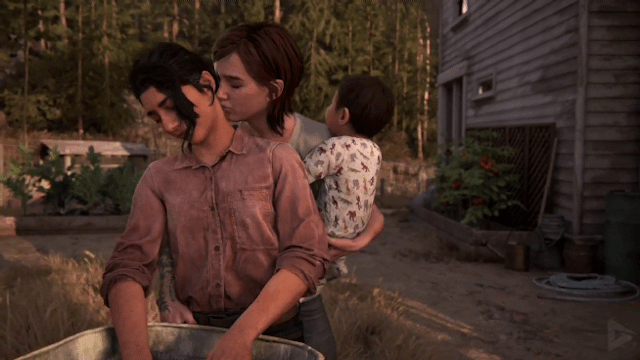 Show the cut to the baby. Let him make sure that your warnings are not just words. Involve your little helper in preparing dinner by giving him a plastic knife and boiled vegetables. Let him cut them into circles, straws or cubes. And the grown-up little one can do simple kitchen manipulations with a real non-sharp knife, but under your strict guidance. The same recommendation can be attributed to household kitchen appliances. If the kid at least once sees what the meat turns into after getting acquainted with the electric meat grinder or food processor, he is unlikely to want to put his fingers in there. The easiest way to deal with dangerous childhood curiosity is to safely satisfy it. And the ability to properly use a knife and fork will reduce the possibility of injury to nothing. nine0043 Educational work on the topic of safety should be started from the most tender age, not naively believing that the child is too small and does not understand anything. Be sure to agree between the relatives who are involved in raising the child, as well as with the nanny, if you have one, what is allowed for the child and what is not.
Show the cut to the baby. Let him make sure that your warnings are not just words. Involve your little helper in preparing dinner by giving him a plastic knife and boiled vegetables. Let him cut them into circles, straws or cubes. And the grown-up little one can do simple kitchen manipulations with a real non-sharp knife, but under your strict guidance. The same recommendation can be attributed to household kitchen appliances. If the kid at least once sees what the meat turns into after getting acquainted with the electric meat grinder or food processor, he is unlikely to want to put his fingers in there. The easiest way to deal with dangerous childhood curiosity is to safely satisfy it. And the ability to properly use a knife and fork will reduce the possibility of injury to nothing. nine0043 Educational work on the topic of safety should be started from the most tender age, not naively believing that the child is too small and does not understand anything. Be sure to agree between the relatives who are involved in raising the child, as well as with the nanny, if you have one, what is allowed for the child and what is not. To exclude manipulation by your child: mom forbids it, and dad allows it.
To exclude manipulation by your child: mom forbids it, and dad allows it.
Important! Never leave your child unattended in the bathroom while eating in a high chair. nine0042
It is difficult to say unequivocally at what age a child can be left at home alone. Everything depends on the child himself: on his intelligence, consciousness and psychological readiness. One thing is for sure: a preschooler cannot be left alone, and it makes sense to gradually accustom him to independence. You must be sure that the child will not be afraid to be at home without you, that he will be able to find a meaningful activity for himself, and that he has firmly mastered the basic safety rules.
How often do we remind our baby: "Don't open the door for anyone!" But such words for a child may remain empty words if we do not supplement them with some explanations. The baby may understand your warnings in a completely different way. For example, like this: “You can’t open the door to bandits, but you can open the door to your neighbor Uncle Kolya, and this pretty aunt can also, because she called herself a postman . ..” Often, in the children’s imagination, criminals are drawn without fail evil, scary, with knives and pistols. nine0041 The child does not even imagine that a nice, nice person can be a real bandit. In response to the bell, the child should look through the peephole and ask: "Who?" You must clearly explain to the baby that "do not open the door for anyone" - this means ANYONE, no matter who the person introduces himself to and no matter what he says. If someone you know well is outside the door, let the child ask him to come later when mom or dad returns. If the visitor is not familiar to the child, it is better to say something like: "Dad is in the bathroom now, when he comes out, he will open it for you." nine0043 It may seem that a good way out of the situation is to lock the baby from the outside with a key so that he cannot open the door to anyone at all. But it is absolutely impossible to do this. On the contrary, you must be sure that the child, if necessary, will be able to independently open the door and get out of the apartment.
..” Often, in the children’s imagination, criminals are drawn without fail evil, scary, with knives and pistols. nine0041 The child does not even imagine that a nice, nice person can be a real bandit. In response to the bell, the child should look through the peephole and ask: "Who?" You must clearly explain to the baby that "do not open the door for anyone" - this means ANYONE, no matter who the person introduces himself to and no matter what he says. If someone you know well is outside the door, let the child ask him to come later when mom or dad returns. If the visitor is not familiar to the child, it is better to say something like: "Dad is in the bathroom now, when he comes out, he will open it for you." nine0043 It may seem that a good way out of the situation is to lock the baby from the outside with a key so that he cannot open the door to anyone at all. But it is absolutely impossible to do this. On the contrary, you must be sure that the child, if necessary, will be able to independently open the door and get out of the apartment. Anything can happen, and the path to salvation must be free.
Anything can happen, and the path to salvation must be free.
Teach your child how to use the phone as early as possible. This is especially important if you often have to leave your child at home alone. Write large on a piece of paper and hang in a conspicuous place the phone numbers of the ambulance, fire department, police, parents' mobile numbers, as well as the phone number of one of the relatives, friends or reliable neighbors who live nearby and are ready to help the baby if necessary . The child must clearly know in which case and on which phone he should call, be able to give his name and address. By the way, about the address. Explain to the child that when answering the phone, under no circumstances should he tell the caller that he is at home alone and not give his address. The best answer would be: "Mom is busy now. Call back later." Teach your child to think that at the slightest doubt about the correctness of his actions, he should immediately call you back on your mobile phone, tell you about what happened and ask for advice.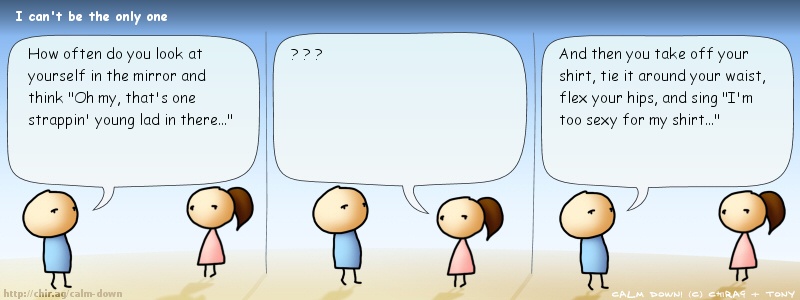 Yes, and you yourself call home from time to time to make sure that the child is all right and ask what your son or daughter is doing. nine0043
Yes, and you yourself call home from time to time to make sure that the child is all right and ask what your son or daughter is doing. nine0043
2. What children need to know to protect themselves
A child can avoid trouble if he knows exactly what to do when he finds himself in a dangerous situation. To say "no" firmly, to tell someone who can really help - these skills, vital for any child, should be dynamically instilled in him for use in any situation that threatens his safety.
If children know well how their body is arranged, understand that it belongs only to them, then they will not allow anyone to touch them, except for those people who do not abuse their trust. Even young children need to know the correct names for body parts, including the genitals. nine0043 Answer children's questions simply and clearly, using only words they understand. The bathroom may be the most appropriate place for personal safety training. When washing a preschool child, soap should be given to him so that he will wash his genitals.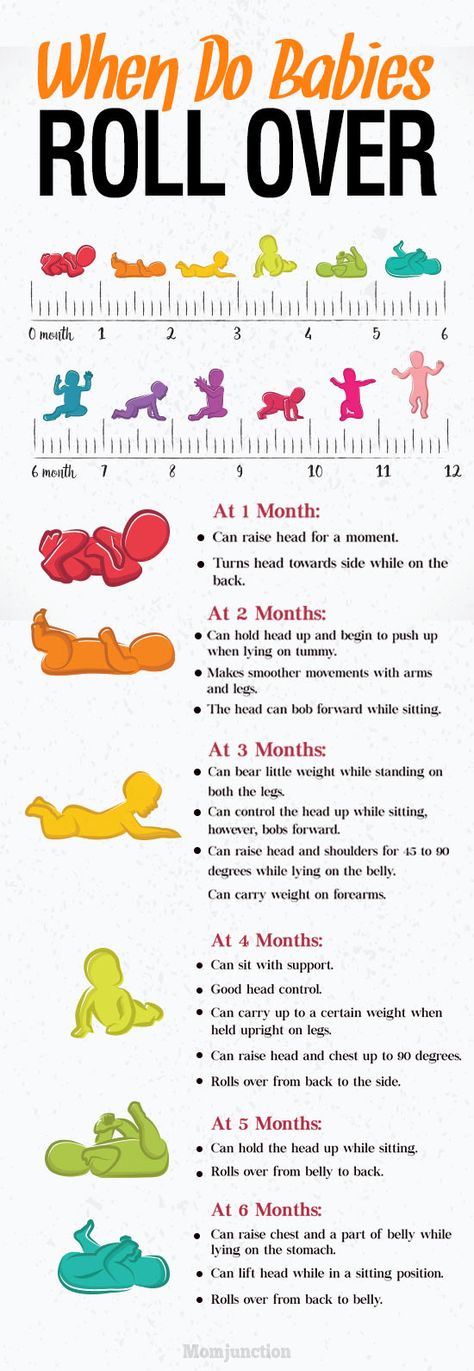 It is necessary to explain that this part of the body is intimate, that no one except the doctor, if necessary, can touch it without his consent, and the child himself should also not touch the intimate parts of the body of other people. nine0043 It is necessary to teach the child to trust his feelings, intuition. In this way, he will be able to recognize the possible danger and avoid it, be able to distinguish between good, bad and embarrassing touches.
It is necessary to explain that this part of the body is intimate, that no one except the doctor, if necessary, can touch it without his consent, and the child himself should also not touch the intimate parts of the body of other people. nine0043 It is necessary to teach the child to trust his feelings, intuition. In this way, he will be able to recognize the possible danger and avoid it, be able to distinguish between good, bad and embarrassing touches.
At the same time, it should be explained that good touches are always pleasant, like the hugs of those whom the child loves, or like friendly handshakes, bad touches are harmful and leave unpleasant memories that you want to get rid of and which can hurt the soul, embarrassing touches lead to embarrassment, disturb the peace, cause unusual excitement. Embarrassing touches can be touches that start out nice and then hurt. For example, tickling that goes on for too long. Or it can be pleasant touching, but of people whom the child does not know well enough, or "secret" touching, when someone touches the intimate parts of the body.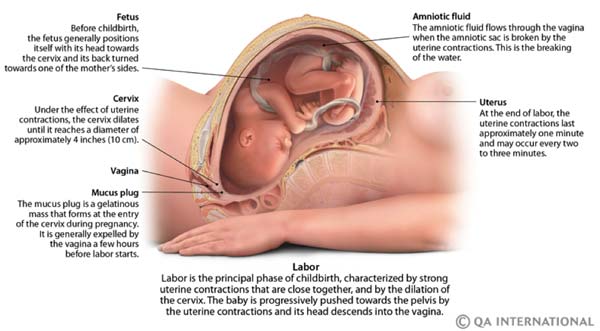 nine0043 If any touching hurts or embarrasses, the child should loudly say "no", looking directly into the eyes of the one who does it, run away, tell about everything to an adult whom he trusts.
nine0043 If any touching hurts or embarrasses, the child should loudly say "no", looking directly into the eyes of the one who does it, run away, tell about everything to an adult whom he trusts.
The child should be taught that well-behaved children, although they must respect adults, should not obey every adult just because he is older and has the right to demand obedience. Sometimes it can be dangerous and lead to trouble. Personal integrity is the right of every person. The child must be taught to say firmly "no" in the event of any infringement on his integrity, just as he is taught to close the door when he washes in the bathroom. nine0043 Parents should maintain a trusting relationship with their children.
To do this, it is necessary to create such relationships in the family in which the child can freely discuss any problems with adults. It is important to support the child's right to refuse to hug or kiss an adult if he does not want it - these caresses, even from a relative or close family friend, can be unpleasant for the child.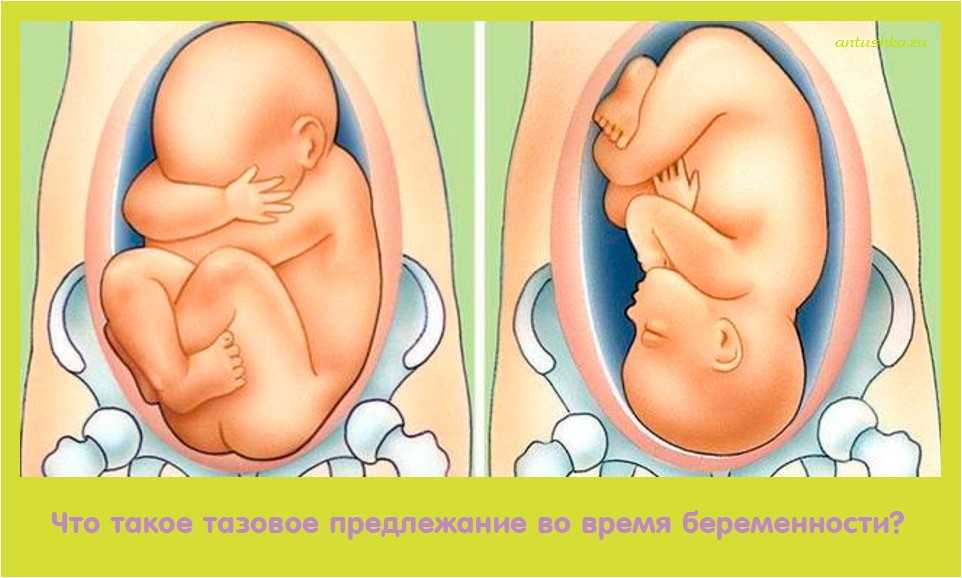 An alternative to them can be a friendly conversation or a handshake, as an expression of warm feelings. Parents are required to be patient and learn to listen carefully to children when they talk about the events of their lives or about friends, ask the child questions about his feelings, fears and sorrows, encourage the child to share his innermost experiences - this is one of the most important conditions that helps to avoid trouble. . nine0043 One must be aware of the child's relationships with other children and adults, and the secrecy surrounding the relationship of a baby or teenager with other people should alert.
An alternative to them can be a friendly conversation or a handshake, as an expression of warm feelings. Parents are required to be patient and learn to listen carefully to children when they talk about the events of their lives or about friends, ask the child questions about his feelings, fears and sorrows, encourage the child to share his innermost experiences - this is one of the most important conditions that helps to avoid trouble. . nine0043 One must be aware of the child's relationships with other children and adults, and the secrecy surrounding the relationship of a baby or teenager with other people should alert.
Relationships with strangers. The child can get into dangerous situations when in contact with strangers. Each family should have safety rules that will help children avoid trouble when they are left at home alone or outside it:
- the front door must be slammed and locked. You can not open the door to strangers, even if it is a postman, policeman or plumber; nine0043 - the safest answer by a child on the phone when he is at home alone may be the phrase that mom and dad are busy, instead of telling the caller that the parents are not at home;
- a minor must know which of his friends or neighbors he can call in the absence of parents and adults if he gets scared or finds himself in a critical situation;
- emergency phone numbers should be placed next to the telephone;
- you need to teach the child to use a pay phone, know the home phone number and postal address; nine0043 - if the child regularly goes to certain places (school, shop, sports section, etc. ), you must choose the safest route together with him;
), you must choose the safest route together with him;
- The use of a security password in the family also helps. It is important to choose a catchy word that the minor will use as a signal that he is in danger and needs help, etc.
Advice for the little ones. Dear parents, try not to scare your child, but make sure that he firmly remembers the following rules:
Never get into a car with a stranger. If someone asks about it, tell your parents immediately.
· Always play with friends.
· Never accept gifts (sweets) from strangers without the permission of elders.
· Never agree to go anywhere accompanied by strangers.
· Scream as loud as you can if someone wants you to get into a car or go somewhere.
Remember your address and phone number (including area code), phone 112.
Carry a list of your parents' work phone numbers with you at all times.
· Remember the secret password, and only agree to go with people who know it.
· Never let anyone touch you. Tell your elders right away if this happens.
· Remember that your parents love you and will never punish you for telling the truth.
· In case of attack, run to the building with a sign.
Memo to parents. Before you apply physical punishment to a child, stop! nine0042
· Physical punishment teaches the child a lesson in violence.
· Physical punishment violates the unconditional assurance that every child needs to be loved.
· Punishments contain lies! Pretending to solve pedagogical problems, parents, in this way, vent their anger on the child. An adult beats a child only because he himself was beaten as a child.
· Physical punishment teaches the child to accept conflicting evidence: "I'm beating you for your own good." The child's brain stores this information. nine0043 Punishment causes anger and a desire for revenge, this desire remains repressed, and manifests itself much later.
· Punishment destroys the child's receptivity to his own suffering and compassion for others, thus limiting the child's ability to know himself and the world.
What lesson does the child take away from this?
· I don't deserve respect.
· Good things can be learned through punishment (it usually teaches a child to want to punish others in turn). nine0043 Suffering should not be taken personally, it should be ignored (it is dangerous for the immune system).
· Violence is a manifestation of love (many perversions grow on this soil).
Denial of feelings is a normal healthy phenomenon.
· No protection against adults.
How does repressed anger manifest itself in children?
· Taunting the weak and defenseless.
Fights with classmates.
· The humiliation of girls, symbolizing the mother.
· Poor attitude towards the teacher. nine0043 · A selection of TV shows and video games that provide an opportunity to re-experience repressed feelings of rage and anger.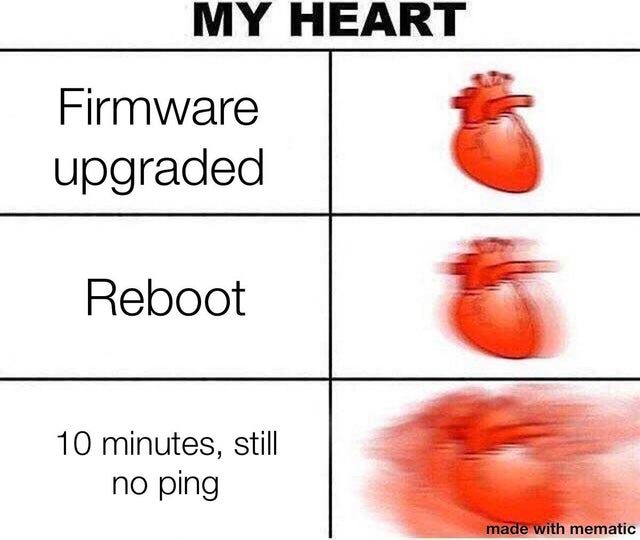
Tips for parents.
1. SET A GOOD EXAMPLE. Threats, beatings, mental pressure, insults, etc. rarely improve the situation. Your child will model your behavior and will learn from you how to deal with anger without using force. Set boundaries. Restrictions teach self-discipline and how to control mutual emotions based on non-violence. nine0043 2. BE A FREQUENT SCHOOL VISITOR. If your child is having problems that cause depression and low self-esteem, go to school. School staff exist to help children learn and succeed.
3. TALK TO CHILDREN ABOUT TV VIOLENCE, don't just turn off the TV. Explain to them that most of the violence shown in films is a product designed to entertain, excite, keep the viewer in suspense. And that this does not mean at all that such a model of behavior should be applied in your life. nine0043 4. DO NOT UNDERSTAND THE IMPORTANCE OF THE WORDS "I LOVE YOU". Children of any age need approval, kisses, hugs, friendly pats on the back. They want to hear "I'm proud of you!".
They want to hear "I'm proud of you!".
5. TALK TO YOUR CHILDREN ABOUT VIOLENCE. Encourage them to talk to you about their fears, their anger and sadness. Parents should listen to their children's concerns, share their interests and feelings, and give good advice. Watch how your children communicate. If your child has been abused, try to resist the urge to judge or justify what happened. Take the time to figure out the circumstances, then decide how you can help prevent further violence with your support. nine0043 6. If you or someone in your family is feeling lonely, unloved, hopeless, or has problems with drugs or alcohol, seek help. It is believed that more than half of all violent acts are committed by people who use alcohol or drugs.
How to protect your child:
1. Teach your child to say "No" to any adult who feels threatened.
2. Teach your child to scream loudly "That's not my mother!" (or "That's not my dad!" ) if someone tries to grab him.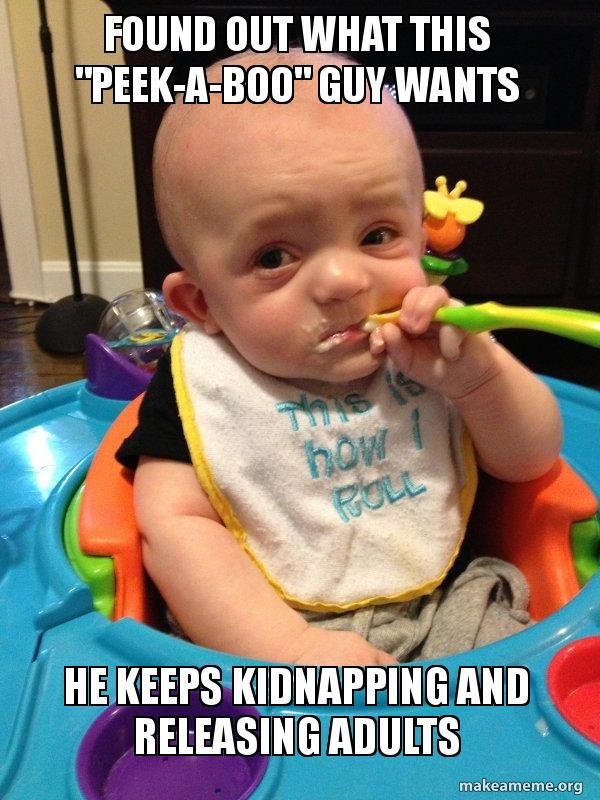 This will attract the attention of others and scare off the criminal.
This will attract the attention of others and scare off the criminal.
3. Teach your child to let you know where he is going, when he is about to return, and to call you if plans change unexpectedly.
4. Try to pick up your child from kindergarten or school yourself. If someone else comes for him, warn the teacher or school teacher about this in advance.
5. Create a password for your child and teach him to never get into a car with a stranger or go anywhere with him if that person does not know the password. nine0043 6. Reassure your child that it is much safer to go out with friends than alone, especially at night. A criminal is always attracted to a lonely walking child.
7. Teach your child how to use the phone. He must know the home phone numbers and telephone numbers of help services by heart.
8. Take pictures of your child at least once a year. The description you have of the child's appearance and special features will help you if he is lost or abducted.